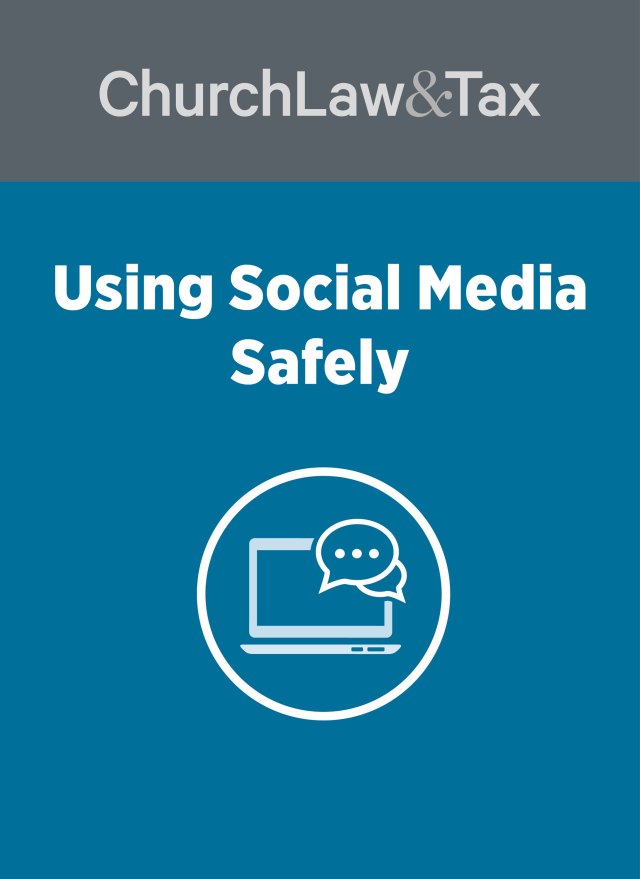Measuring giving and attendance are two typical (and usually straightforward) ways church leaders quantify what happens with worship services and various ministry programs. While sheer numbers do not reflect the intrinsic value of events or directly reflect the effectiveness of discipleship-related efforts, they still shed light on the congregation and its behaviors. They also help with future planning purposes.
In light of the pandemic, and reports that many churches have experienced declines in giving throughout its duration, the ability to effectively gauge how many people attend online can prove useful now for church leaders as far as determining what’s working—or not. Looking ahead, it can also help them understand the types of longer-term investments in time, energy, and, perhaps, budget dollars they want to make in online-related ministries.
With that in mind, we asked church IT experts Nick Nicholaou (a Church Law & Tax advisor at large) and Jonathan Smith (technology director at Faith Ministries in Indiana) to address how they recommend calculating online attendance.
Nicholaou: The question of general attendance comes up a lot with The Church Network’s Metro Network, which consists of administrative leaders serving congregations with more than 2,000 people in weekly attendance A while back, a few of those churches did studies to determine the average number of people in each carload for weekly services—a potentially easier way of gauging attendance rather than attempting to count every head in each service. Surprisingly, each of these churches came to the same conclusion: each carload averaged about 2.1 people.
That seems to be a reasonable approach in the online context, the assumption being that a carload may be most comparable to an online viewing connection. The number of people attending in person per household in a carload may be similar to the number of people in a household viewing online.
Absent actual numbers, I’d suggest a multiplier of 2.1 or so.
Smith: I agree with what Nick said. The number of persons per car is a great starting point, so coming up with a multiplier based on your typical physical attendance and number of cars is a useful approach.
Realistically, though, any approach is just a best guess. When we do conferences we count views, and don’t try to figure out a multiplier because you could have ten people watching from a hotel conference room on a single connection, whereas if those ten people were attending the conference in person they would have brought three cars.
So figure out a multiplier, but remember it isn’t exact.
At Faith Ministries, we usually count the number of people present in physical services and then count the number of online connections—but we do not equate one to the other.
During the pandemic, our goal is to track the number of people who view our services live to determine our online viewing trend. But a church can also count the total views over a set period of time (such as the number of views of the recorded replay throughout the remainder of the day or the week).
Whichever way you decide to count, if you get fewer connections each week, rather than increases in live and replay views, then you may be doing something wrong and you may want to investigate further. Think of this as the church version of the Nielsen television ratings.
Get more help with our “Online Worship and Meetings.”





